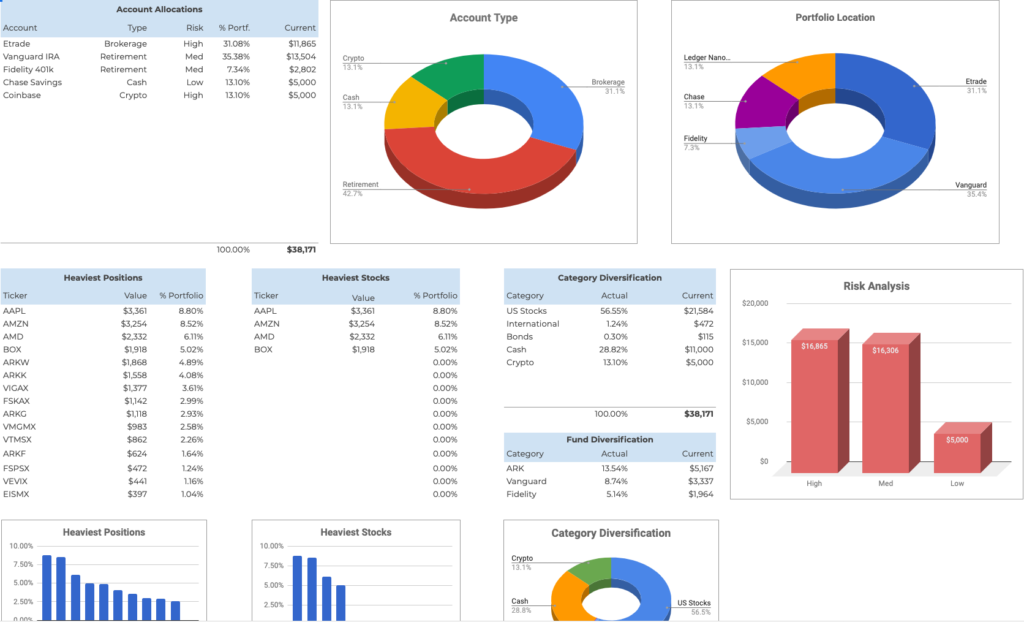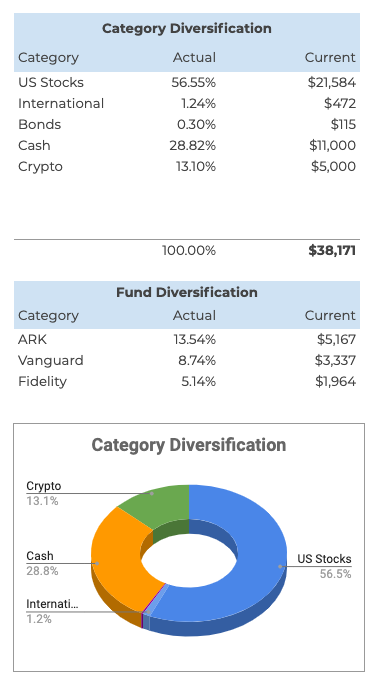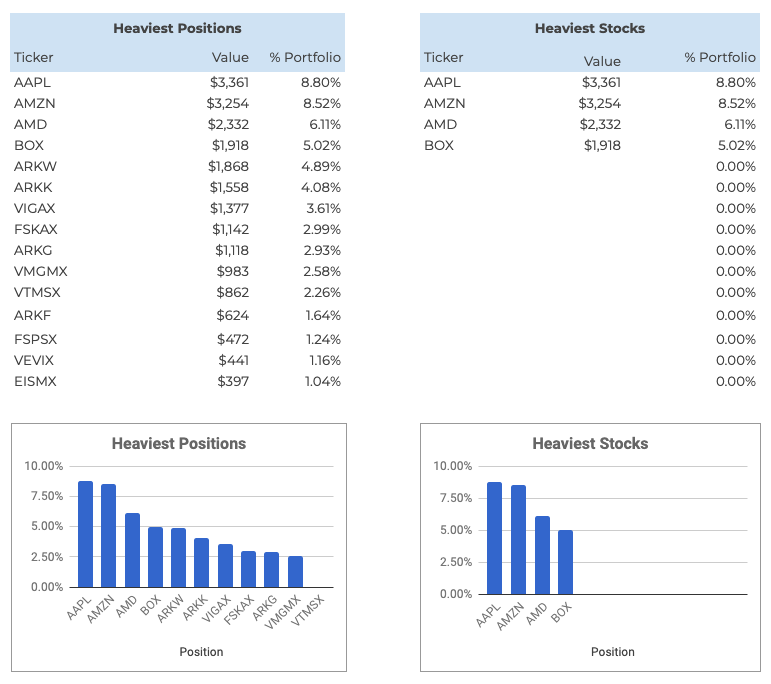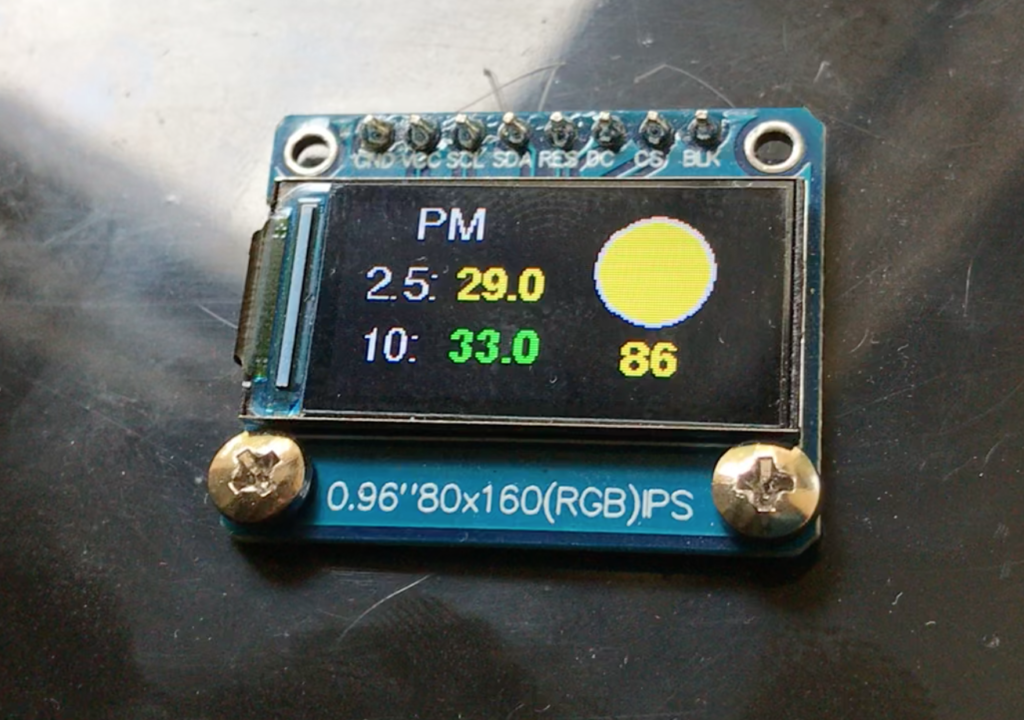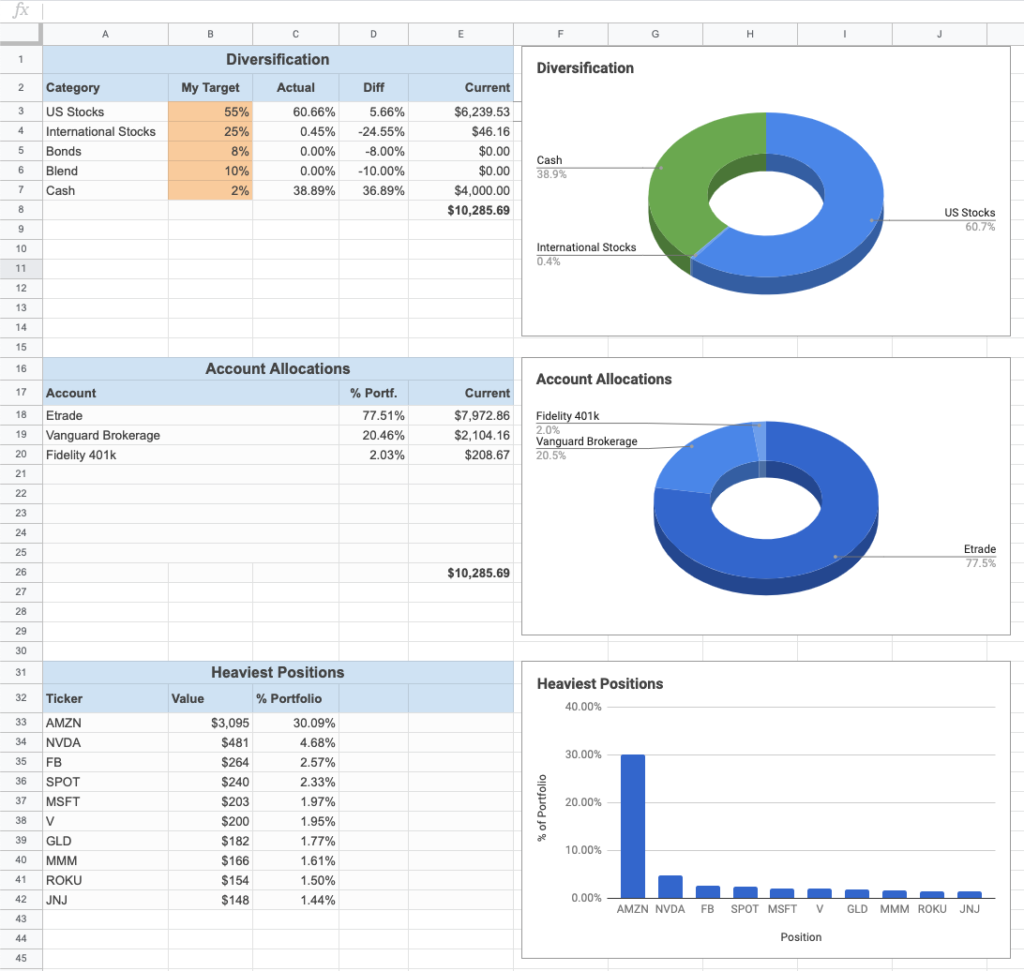I’ve been thinking a lot lately about what values and ideals I want to instill into my children as they grow. I’ve been collecting my thoughts for some time and have tried to clearly articulate them below. I’ve also attached a PDF version for an easier one page print out.
Values and Character
- Honesty and Integrity: Teach him the importance of telling the truth, keeping promises, and acting with integrity even when no one is watching.
- Respect for Others: Encourage him to treat everyone—regardless of differences—with kindness and respect.
- Empathy and Compassion: Help him understand others’ feelings, practice kindness, and show compassion to both people and animals.
- Responsibility and Accountability: Instill the idea that he should take responsibility for his actions and learn from mistakes.
- Courage and Resilience: Show him that it’s okay to fail sometimes and that perseverance and resilience are key to growth.
Social Skills and Relationships
- Effective Communication: Teach active listening, clear expression of thoughts, and respectful disagreement.
- Teamwork and Cooperation: Emphasize the value of working together, sharing, and understanding that collective effort often leads to better outcomes.
- Conflict Resolution: Provide strategies for resolving disputes peacefully and learning to compromise.
- Building Healthy Friendships: Explain the qualities of a good friend and how to maintain positive, supportive relationships.
Practical Life Skills
- Basic Financial Literacy: Introduce concepts like saving, spending wisely, and even a simple understanding of budgeting.
- Digital Literacy and Internet Safety: Teach him to navigate the digital world safely, including understanding privacy, respectful online behavior, and critical evaluation of information.
- Time Management and Organization: Help him plan his day, set priorities, and keep track of responsibilities like homework and chores.
- Self-Care and Hygiene: Ensure he understands the importance of personal hygiene, nutrition, exercise, and enough rest.
Intellectual and Emotional Growth
- Critical Thinking and Problem Solving: Encourage curiosity, ask open-ended questions, and engage him in puzzles or activities that stimulate creative thinking.
- Growth Mindset: Reinforce that abilities can improve through practice and that effort is more important than innate talent.
- Emotional Regulation: Teach him how to identify and manage his emotions, from anger to disappointment, using strategies like taking deep breaths or talking through feelings.
- Mindfulness and Gratitude: Introduce practices that help him stay present, reflect on positive experiences, and appreciate what he has.
Cultural and Environmental Awareness
- Environmental Responsibility: Teach him about recycling, conservation, and the importance of protecting the natural world.
- Civic Engagement: Discuss the role of community and how even small actions can contribute to the greater good.
Safety and Well-being
- Personal Safety: Cover basic safety rules such as road safety, stranger awareness, and when to ask for help.
- Digital and Physical Boundaries: Teach him about respecting his own space and the personal boundaries of others.
- Health Education: Provide age-appropriate information about how his body works, the importance of physical activity, and making healthy lifestyle choices.
Creativity and Self-Expression
- Encouraging Creativity: Support his interests in art, music, writing, or any creative outlet that lets him express himself.
- Curiosity and Lifelong Learning: Foster an attitude of exploration—learning is a continuous journey that goes beyond the classroom.
- Setting Goals and Celebrating Achievements: Help him set realistic goals, track progress, and celebrate successes, no matter how small.
Ethical Reasoning and Decision-Making
- Moral Decision-Making: Discuss scenarios that help him think about right versus wrong and make ethical decisions.
- Understanding Consequences: Teach him that every action has consequences and that thoughtful decisions lead to positive outcomes.
- Accountability in Actions: Reinforce that both successes and failures offer opportunities to learn and improve.













